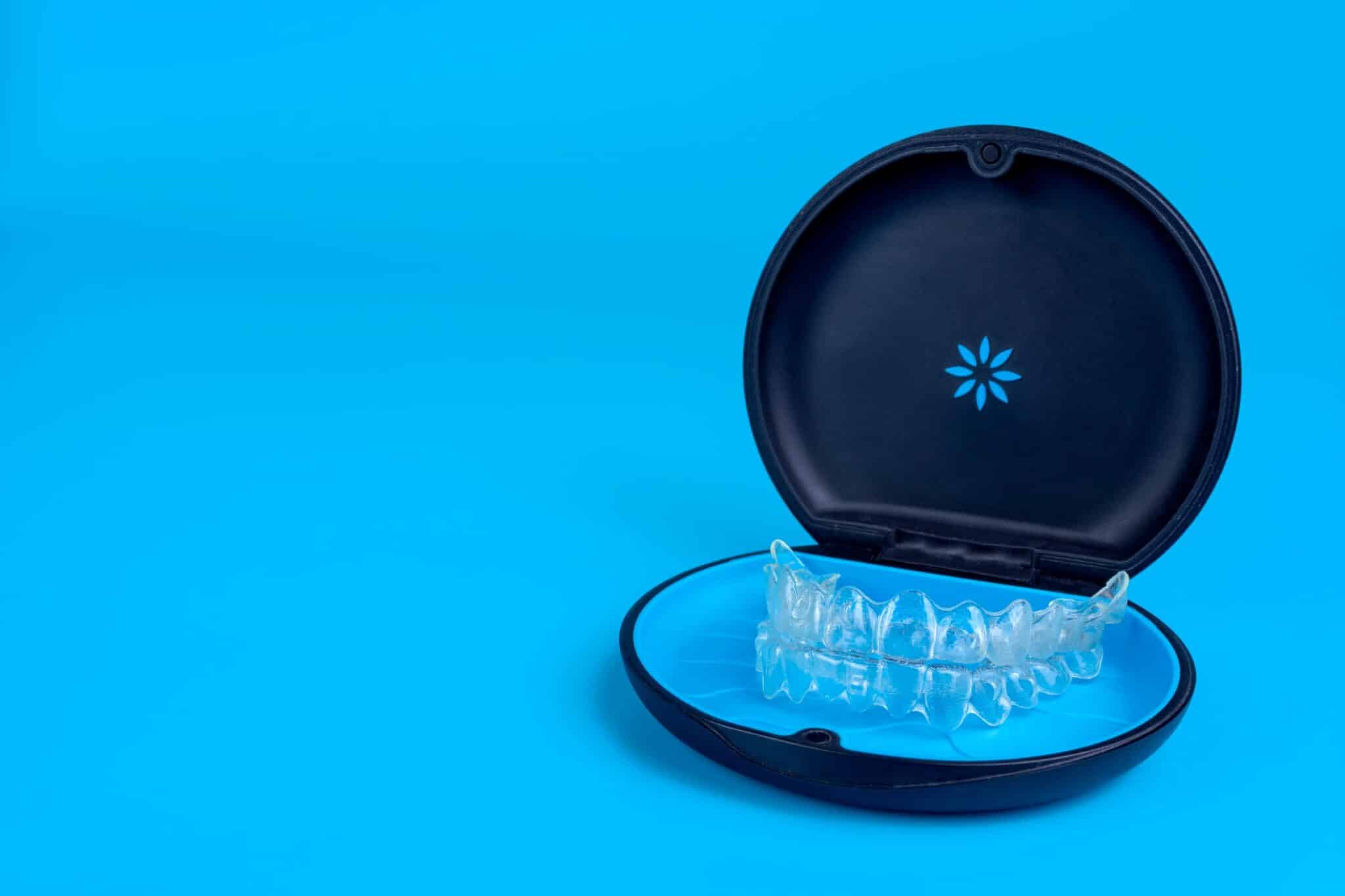Welcome to OPDSF Ortho, your trusted orthodontist in San Francisco, CA. If you’re considering orthodontic treatment, you’ve probably heard about Invisalign. In this introductory guide, we’ll take you through the basics of Invisalign, its benefits, suitability for different age groups, and how it compares to traditional braces.
What is Invisalign?
Invisalign is a modern and discreet orthodontic treatment option that uses a series of clear, removable aligners to straighten teeth. Unlike traditional braces, Invisalign aligners are virtually invisible and comfortable, making them a popular choice for teenagers and adults who want to achieve a straighter smile without the look and discomfort associated with traditional metal braces.
Benefits of Invisalign
- Clear: One of the most significant advantages of Invisalign is that the aligners are nearly invisible when worn. This allows you to maintain a natural-looking smile throughout your treatment.
- Removable: Invisalign aligners are removable, which means you can take them out for eating, drinking, brushing, and flossing. This flexibility makes it easier to maintain oral hygiene and enjoy your favorite foods without restrictions. This is particularly important with individuals who have gum issues.
- Comfort: Invisalign aligners are made of smooth, comfortable plastic, which reduces the likelihood of irritation to your cheeks and gums compared to the brackets and wires of traditional braces.
- Shorter Treatment Time: In some cases, Invisalign treatment can be faster than traditional braces. The duration of your treatment will depend on your specific orthodontic needs and cooperation.
- Digital Technology: Invisalign treatment is planned using advanced 3-D digital technology. This allows for precise and predictable tooth movements ensuring effective results.
Suitability for Different Age Groups
Invisalign is suitable for a wide range of age groups, from children to adults. Here’s how it can benefit different age brackets:
Young Children:
- Invisalign Early, Invisalign Mandibular Advancement, and Invisalign Bite Blocks allows for growth modification to address deleterious oral habits, protrusion, crossbites, improve speech patterns, and crossbites
- Comfortable and minimal adaptation in getting use to aligners
- Effective and allows normal oral hygiene practice
Teens:
- Invisalign Teen is designed specifically for teenagers, with features like eruption tabs to accommodate growing teeth.
- It’s a discreet option, helping teens feel more confident during treatment.
- Removability allows for easy cleaning, promoting good oral hygiene habits.
Adults:
- Invisalign is a popular choice for adults who want to improve their smile without the appearance of traditional braces.
- The flexibility to remove aligners for special occasions or work presentations makes it an attractive option.
- It’s suitable for adults of all ages, making it a versatile choice for achieving a straighter smile.
Invisalign vs. Traditional Braces
Appearance:
- Invisalign: Virtually invisible.
- Traditional Braces: Noticeable metal brackets and wires.
Removability:
- Invisalign: Removable for eating, drinking, brushing, and flossing.
- Traditional Braces: Not removable; dietary restrictions apply.
Comfort:
- Invisalign: Smooth plastic aligners with reduced irritation.
- Traditional Braces: Wires and brackets may cause discomfort.
Maintenance:
- Invisalign: Easy to clean; no special tools required.
- Traditional Braces: Require additional tools for effective cleaning.
Treatment Duration:
- Invisalign: Treatment time varies but may be shorter in some cases.
- Traditional Braces: Typically require a longer treatment duration.
Emergencies
Invisalign:
- Minimal irritation and easily resolved.
Traditional Braces:
- Occasionally bands and brackets may break and require more time to reattach. Poking arch wires may occur during space closure.
Frequently Asked Questions (FAQ) about Invisalign
- How often should I wear my Invisalign aligners?
You should wear your aligners for 20-22 hours a day, removing them only for eating, drinking, brushing, and flossing.
- Is Invisalign painful?
While you may experience some discomfort as your teeth adjust, it is generally less painful than traditional braces.
- How often do I need to visit the orthodontist during Invisalign treatment?
Typically, you’ll have check-up appointments every 10-12 weeks to monitor your progress.
- Can Invisalign treat severe orthodontic issues?
Invisalign can address a wide range of orthodontic issues including severe cases . In these latter cases, a hybrid approach in combination with partial braces and/or temporary anchorage devices may still require. Severe skeletal discrepancies may also be approach with Invisalign along with a pre-surgical set up either with bonded archwires with bands or temporary braces to facilitate the securing of the jaw segments. The finishing in these surgical cases may later be detailed back with Invisalign.
At OPDSF Ortho in San Francisco, CA, we specialize in Invisalign treatment and can help you achieve the smile you’ve always wanted. If you’re considering orthodontic treatment, schedule a consultation with us to determine if Invisalign is right for you. Contact us today to get started on your journey to a straighter, more confident smile!


